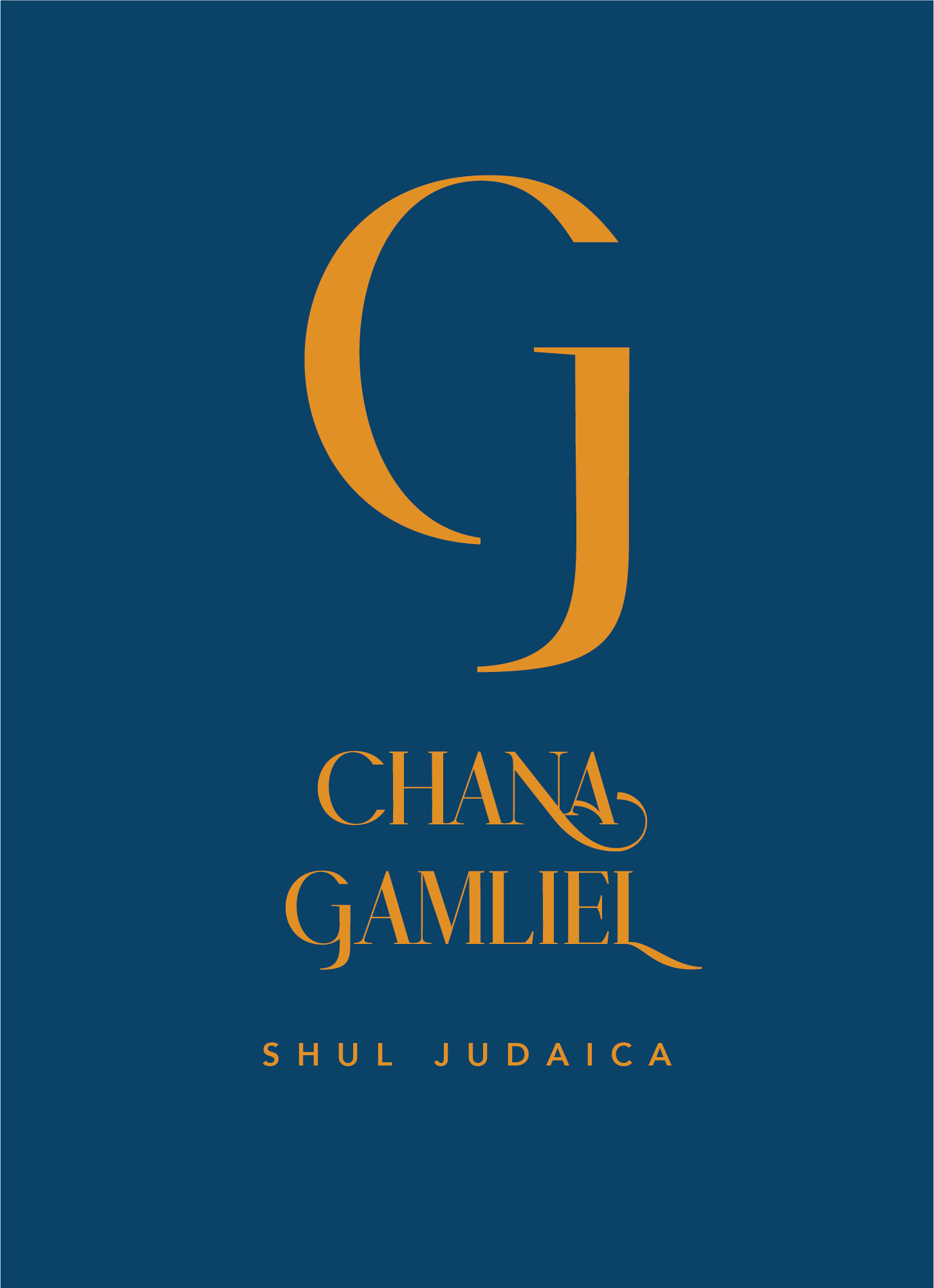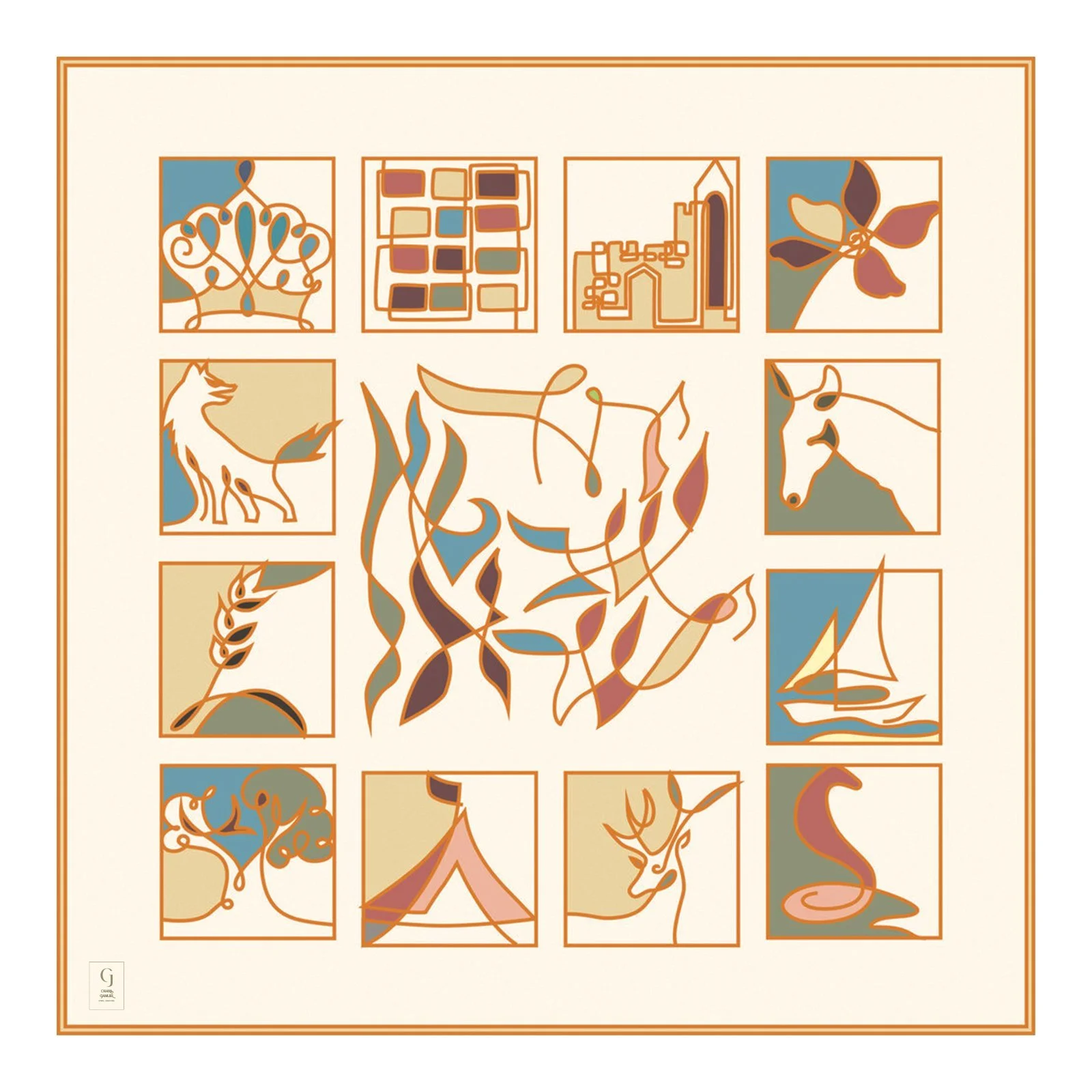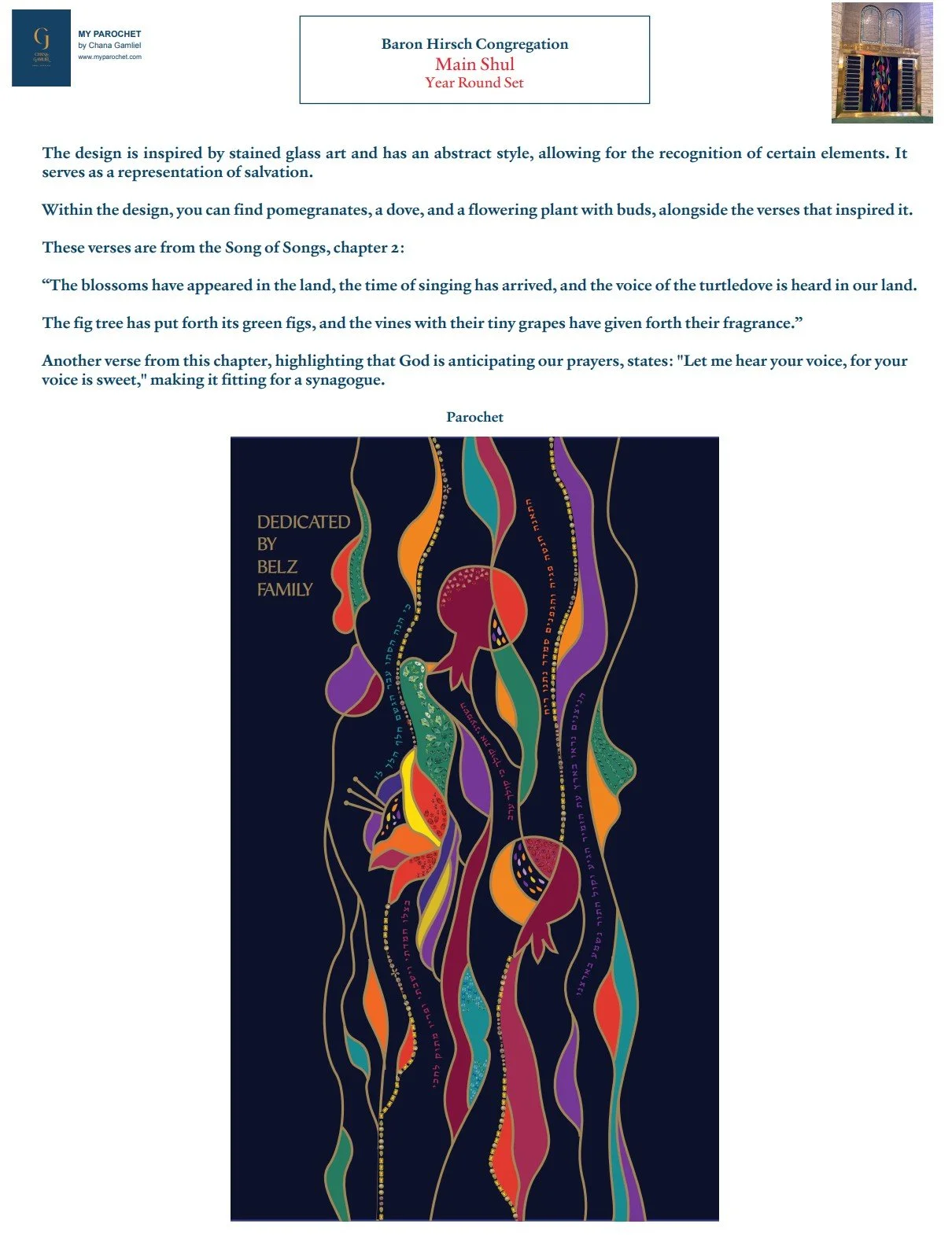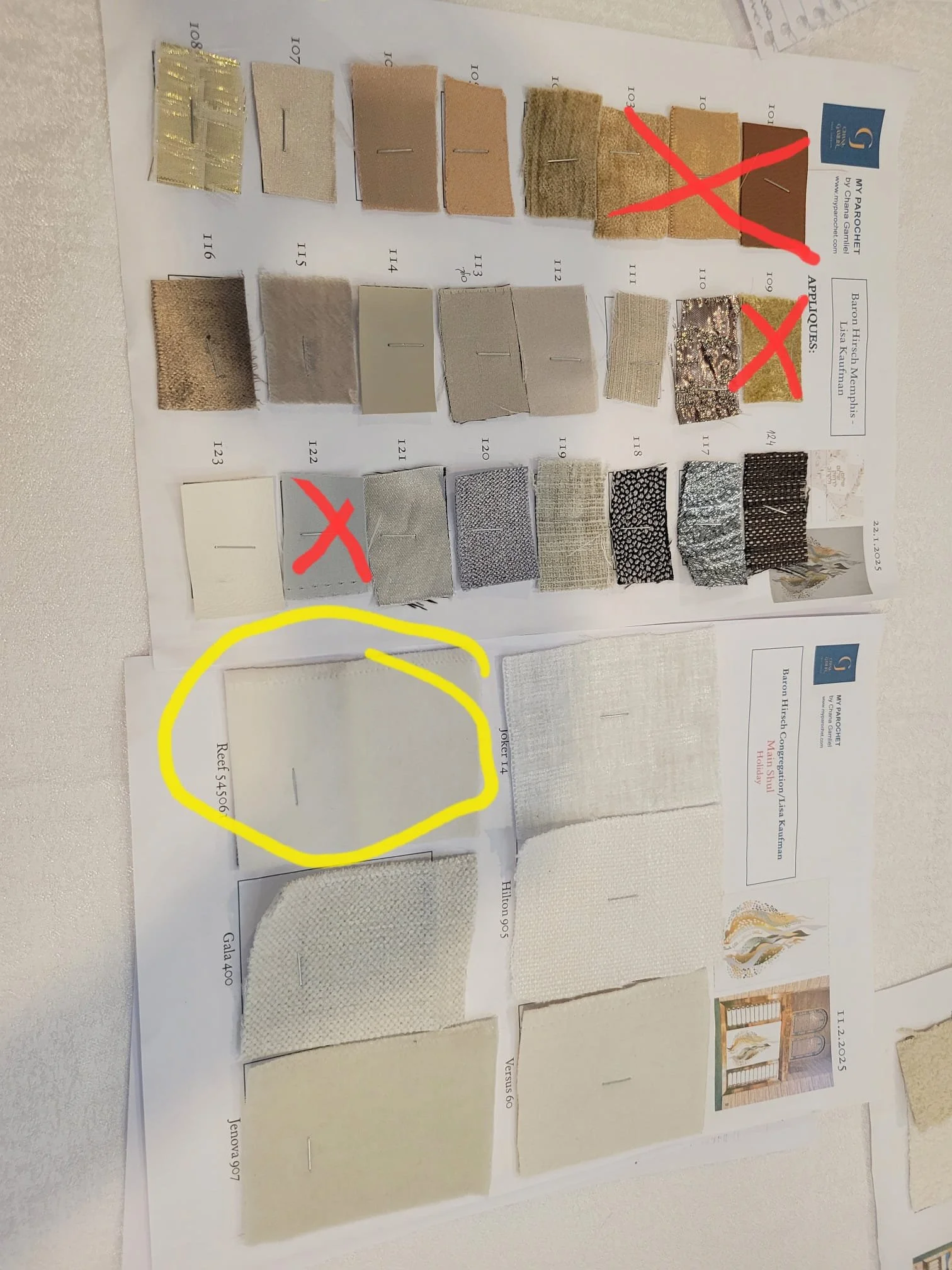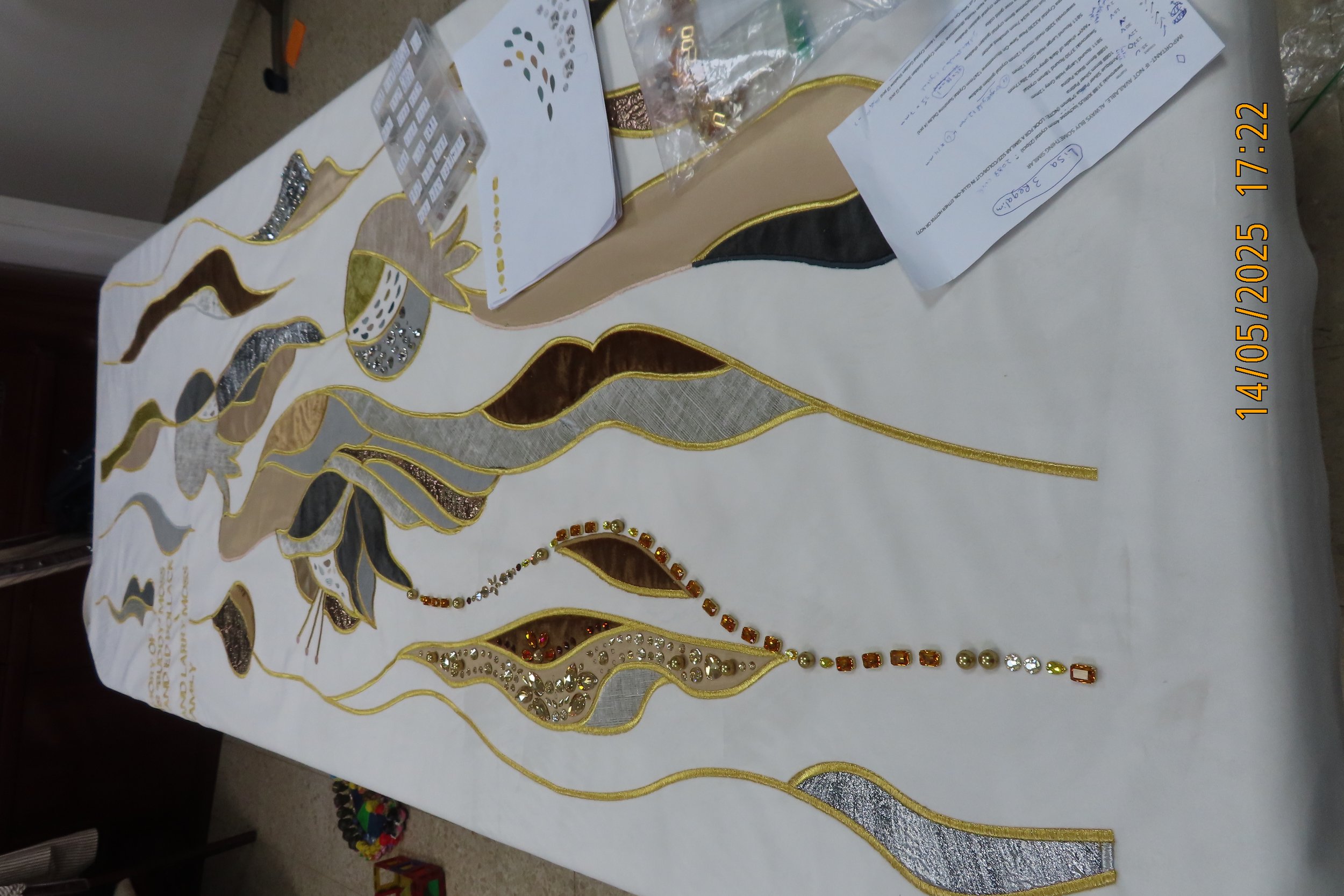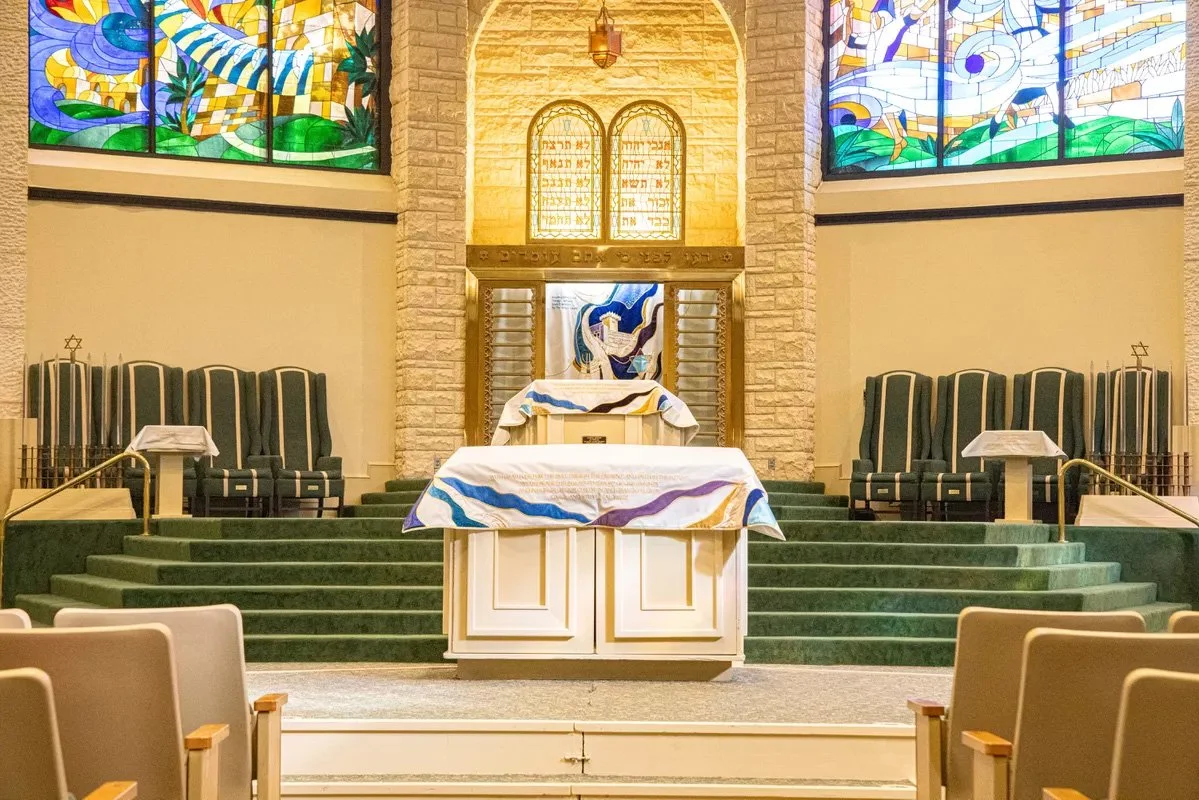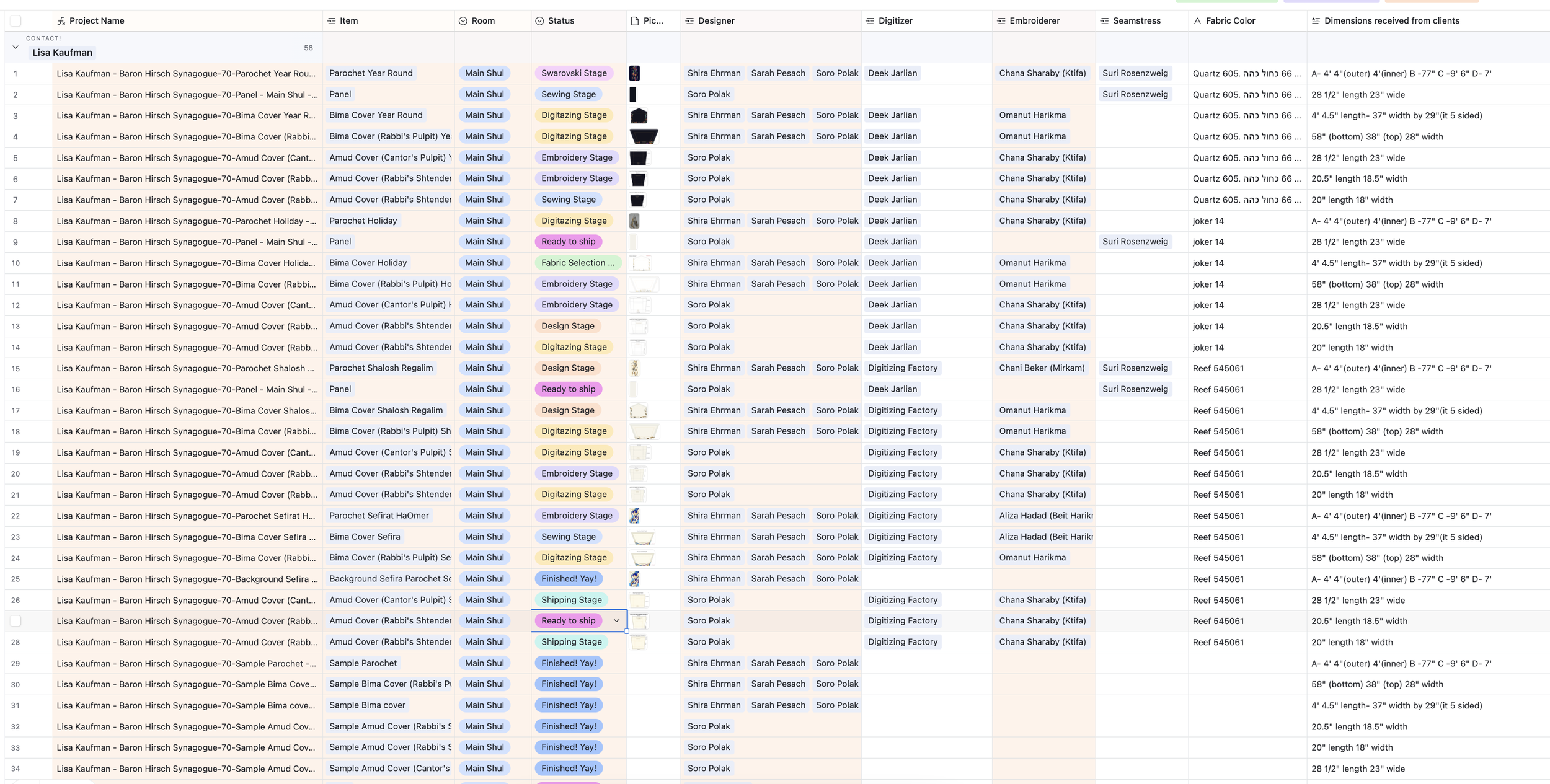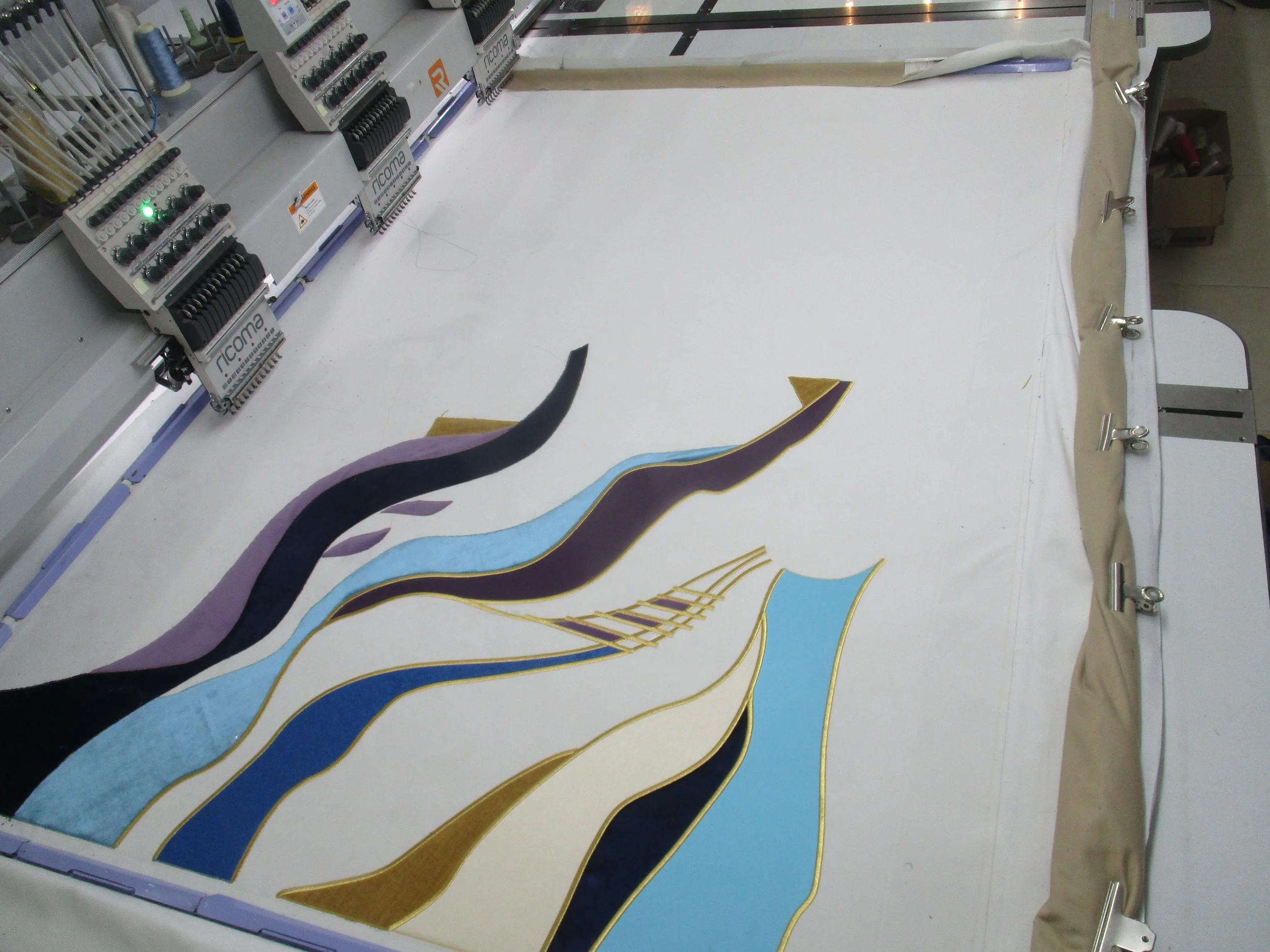Baron Hirsch Synagogue: The Lisa Kaufman Project
Wait until you hear this story, a real Hashgacha Pratis story and BH my biggest project yet!!
It all began with an email I received on August 26th, 2024 from Lisa Kaufman in Memphis, Tennessee, representing the Baron Hirsch Synagogue. She wrote that she’d been asked to head a fundraiser for new items in their main sanctuary, as well as for two other minyanim. Altogether, it would probably include about 30 to 40 pieces, and she wanted to explore arranging parochets with me.
Baron Hirsch Synagogue (BEFORE PHOTO)
Now, when I saw that email - Memphis, Tennessee, last name Kaufman…
Something clicked in my memory!
I suddenly remembered my third-grade Chumash teacher, Mrs. Leah Kaufman, a remarkable woman and a famous Holocaust survivor who lived in Côte St. Luc, Montreal, where I grew up.
Leah Kaufman wasn’t just my teacher. She was a powerful and inspirational figure in our community. In fact, my mother, who was a teacher in the same school, was very close with her, and Leah Kaufman played a big role in helping my mother become a ba’alat teshuva!
So I wondered… maybe this Lisa Kaufman from Memphis was related to her?
I looked her up and found articles about Leah Kaufman on Aish.com that confirmed that yes, she had a son living in Memphis.
We arranged a phone call, and the very first thing I asked her was whether she happened to be Leah Kaufman’s daughter-in-law.
“Yes!” She said.
I told her that I had been her mother-in-law’s student in Montreal and that my mother had been her Torah class student as well. Lisa was so touched she called in her husband to hear from me. It was really such an emotional moment. We all felt that this project was truly min haShamayim!!
The Beginning
Lisa sent me photos and videos of the shul - the “before” pictures.
BEFORE PHOTO
BEFORE PHOTO
BEFORE PHOTO
You should just know, the Baron Hirsch Synagogue is huge!!! It seats over 1,000 people! There’s stunning stained glass throughout, and a big Magen David in blue on the ceiling. Their Aron Kodesh also has windows on the sides, something we’d need to take into account in our design.
The existing parochet had a very traditional burning bush motif, but now they wanted something more modern, something that would update the look of the entire synagogue.
The Design Process
At first, we played around with ideas. We explored a lot of directions: Trees, stained-glass-inspired concepts, dynamic slanted layouts…even some designs from my online collection, including one with the Twelve Tribes. But nothing quite resonated with the congregation.
Some of our first drafts that we sent. Beautiful, but not what they were looking for!
So we decided to take a step back and start completely fresh. To create a custom design from scratch!
Baruch Hashem, that’s when it all came together.
We came up with a vertical design centered in the middle, featuring pomegranates, a dove, and a rose, along with beautiful psukim. It was something different, something that immediately spoke to everyone on the committee. BH they all loved it!
That became the year-round parochet for the main synagogue.
When we placed the mockup on the Aron Kodesh using Photoshop, everyone could see how the colors tied in with the stained glass. Modern yet timeless, vibrant but not heavy. BH it was really perfect!!
Expanding the Vision
By the time we finalized the first design, it was close to Pesach and Shavuot, so the next step was to design a coordinating set for the Shalosh Regalim (Pesach, Shavuot, and Sukkot).
We adapted the same layout but switched the color scheme. Beige, taupe, gold, gray, and stone tones…elegant and festive! Around then, we sent fabric samples to the committee so they could choose their favorites.
We offered a mix of leather, shimmery upholstery, suede, and matte textures…materials that, when combined, create a rich, layered effect.
At that stage, excitement about the project spread throughout the synagogue. More members wanted to participate and donate. So aside from the year-round and Shalosh Regalim sets, we created an additional design for the High Holidays in the main synagogue.
Then came another special request: A creative new parochet for Sefirat HaOmer!
Lisa and Penina from the committee came up with the concept, and it was sooo nice!! The design included symbols representing events between Pesach and Shavuot, like Holocaust Remembrance Day, Aliyah to Israel, and the Beit Hamikdash, symbolizing the ultimate redemption. There was even a flame-shaped shin (ש), evoking a yahrzeit candle and yizkor imagery.
BH everyone loved it!! The Sefirat HaOmer parochet became the project that allowed even more donors to get involved and it turned out stunning, complete with Swarovski crystals embellishing the design.
The matching Bima and Amud covers carried the same motif, continuing the design onto the front and side flaps so it would be visible from both the men’s and women’s sections. We also added leather borders, tone-on-tone, for a chic, modern look.
That idea actually came from Sarah Artestani, an interior designer in Memphis who generously volunteered her time to help.
The Finishing Touches
The High Holiday set featured a dramatic flame motif, beautifully crafted with appliqué fabrics, gradient embroidery, and filled stitches…really something special.
The synagogue also has a downstairs room, so we designed for that too: A year-round and holiday set to match the upstairs synagogue. To keep costs manageable, we adapted the upstairs parochet design using AI rendering to simulate the fabrics and then printed it on shimmery velvet, with selective embroidery and Swarovski crystals for sparkle. It looked incredible, and at a fraction of the price of full embroidery!!
Production was really intense. We worked with three or four different embroiderers and seamstresses to complete everything on time: Three sets before Shavuot, and another three before Rosh Hashanah!!
We also imported Swarovski crystals from Australia, Lithuania, the US, and our seamstresses spent weeks hand-sewing them on one by one.
BH every detail came out perfect!!
Behind the Scenes: Airtable Organization
To keep everything organized, we used our Airtable production database, which was a lifesaver. We created a special “Lisa Kaufman” view, tracking every piece:
– main shul (year-round, holiday, Shalosh Regalim, Sefirat HaOmer),
– chapel (year-round and holiday),
with columns for status, fabric colors, embroiderers, payment, dimensions, and progress stages — design, digitizing, fabric selection, embroidery, Swarovski application, sewing, printing, ready-to-ship, and finally Baruch Hashem, to finished!
Screenshot from Airtable
Throughout the year-long project, I kept Lisa and Penina constantly updated with screenshots and progress photos.
To maintain the highest level of craftsmanship, we also take an extra step that our customers truly appreciate.
Before we move ahead with production, we send a small physical sample of the lining: White, navy, or black, depending on what we have available. This simple but important step allows us to double-check that we have your exact dimensions, ensuring that everything will fit beautifully!
It’s all part of our commitment to creating a parochet that is perfectly tailored for your Aron Kodesh…and it worked out very well for this project.
BH this one of of the most meaningful experiences I’ve ever had!!
